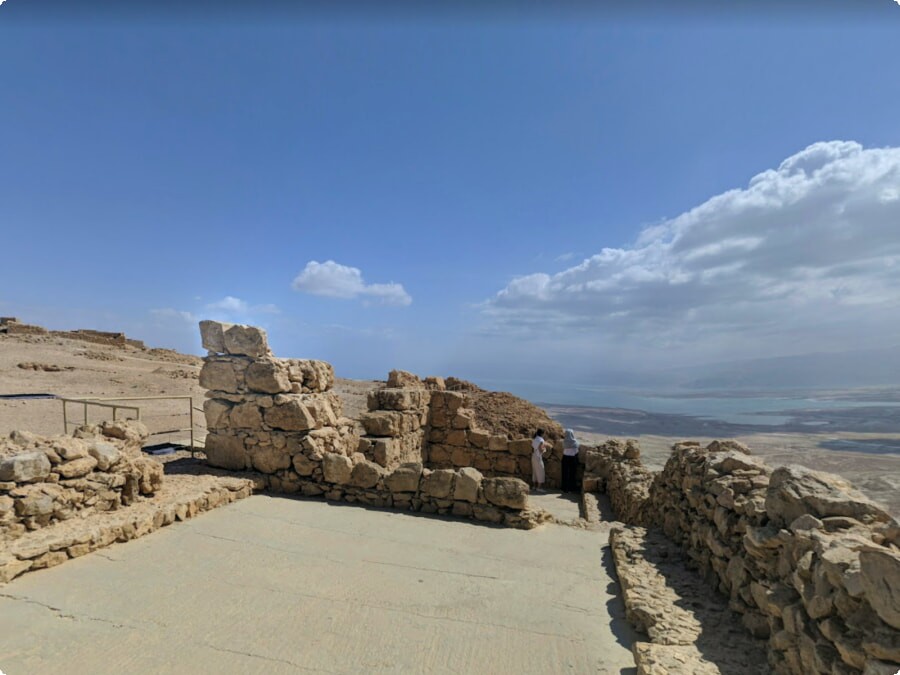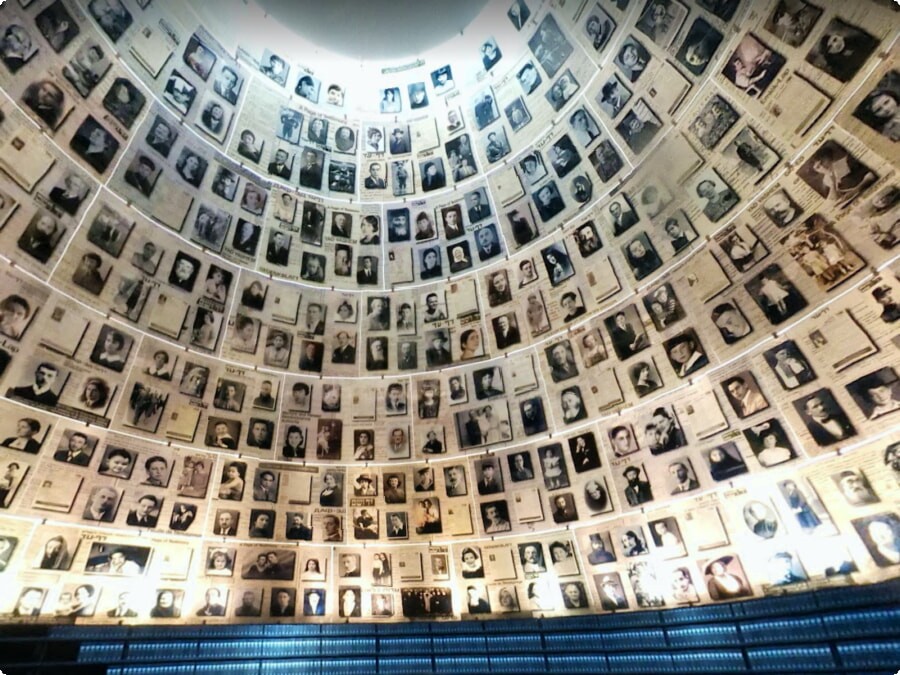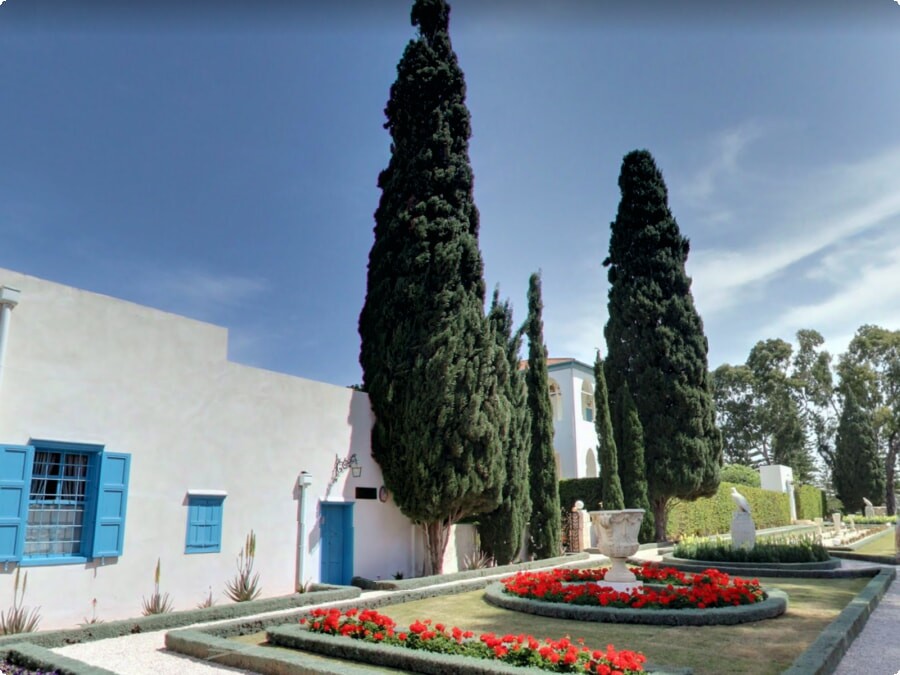The religious and cultural holidays in Israel are lots of fun. Purim is like the Jewish version of Halloween and Tel Aviv’s streets are a sight to behold on this festive day.
Yom Kippur is a solemn occasion that calls for fasting and reflection. Transportation and government offices come to a standstill.
Rosh Hashanah
Jewish festivals are observed intensively in Israel, leaving their mark on diverse aspects of the country's national life. The holiday of Rosh Hashanah, the Jewish New Year, is no exception. It is celebrated with the sounding of a ram's horn called a shofar, a trumpet-like instrument whose significance dates back thousands of years to biblical times.
During the two-day event, Jews believe that God considers all of humanity's deeds from the previous year and then inscribes them in the Book of Life for the coming year. It is also considered a judgment day, with most people falling in the middle—not completely righteous or totally evil—and therefore having until Yom Kippur to perform the act of repentance known as teshuvah.
The Jewish new year is also celebrated with round foods such as challah bread and apples dipped in honey, both of which symbolize the cyclical nature of the holiday and a wish for a good and sweet new year. It is also customary for Jewish families to eat pomegranates, which are ripe at this time of the year.
The new year begins with a religious service in synagogue, where the shofar is sounded. The shofar is a huge horn that contains 100 different notes and can be blown in four sets—the first long blast, called tekiah; three short blasts, called shevarim; nine rapid blasts, called teruah; and a final blast, called tekiah gedolah (which lasts about 10 seconds). Watch the video below to hear it for yourself.
Tourists consider renting a car one of the best ways to enjoy all that Israel has to offer. Renting an economy class car in Eilat will cost about 16 euros per day, in Tel Aviv - about 18 euros per day.

Yom Kippur
Known as the Day of Atonement, Yom Kippur is a day for fasting, prayer and reflection on one’s behavior. It is the pinnacle of the 10 Days of Awe, which began on Rosh Hashanah, and lasts for a total of 25 hours. During this time, Jews reflect on their lives, seek forgiveness, make amends with others and perform good deeds.
When the Jewish Temple was still standing, this was the only day of the year that the High Priest could enter the Holy of Holies. The implication was that on this day, the Divine Spirit would wipe out all sins committed that year.
Nowadays, Jews celebrate this holiday by attending religious services, observing the abstinence from food and drink (except for medicine), not using electronic devices and, if they are Orthodox, wearing a white robe called a kittel. They also refrain from work and, unlike most Jewish holidays, do not drive. This causes synagogue attendance to soar, and some congregations rent out additional space to accommodate the crowds.
The Jewish believe that during the 10 Days of Awe, G-d judges every creature and decides who will live and who will die in the coming year. For those whose names are not written in the Book of Life, it is up to them to repent during this period through the ritual known as “teshuvah,” or repentance. During the Yom Kippur service, the ark is kept open and Jews pray, often loudly. The final prayer, Ne’ilah, is accompanied by four sets of blasts from the shofar—a long, hollow blast called tekiah, three short blasts called shevarim and nine rapid blasts called teruah.

Sukkot
Sukkot, also known as the Feast of Tabernacles or The Festival of Booths, begins five days after Yom Kippur and ends on the 23rd day of Tishrei (in Israel it lasts eight days). It is one of three great pilgrimage festivals and commemorates the huts that the Israelites lived in during their 40 years in the desert.
During the week-long holiday, Jews build a temporary hut or booth, called a sukkah. While there are Jewish rules regarding how to build a sukkah, there is much room for creativity. Many Jews choose to decorate their sukkot with colorful hangings and decorations. They eat in their sukkot and sleep in them at night. Some Jews even invite spiritual "guests" into their sukkot, known as ushpizin. These guests are the biblical Abraham, Isaac, Jacob, Moses, Aaron, Joseph, and David. Each night a different ushpizin enters the sukkah and has its own unique spiritual lesson to teach.
A major observance of Sukkot is waving what are called the Four Species, or arba minim, which are the mitzvahs of etrog (a citron fruit that looks like a large bumpy lemon), lulav (palm frond), hadassim (myrtle branches), and aravot (willow branches). These four plants are bound together and held in one hand to represent rejoicing before the Lord. During Sukkot, these plants are waved in a special ceremony at the beginning and end of each day as well as at the times of prayer, Scripture reading, and meals.

Independence Day
Israel's Independence Day marks the day in 1948 when David Ben-Gurion proclaimed the formal establishment of the State of Israel. The event marked the end of the British Mandate over Palestine and the fulfillment of political Zionism, a movement that had been relegated to the fringes of Jewish life for centuries.
Israel celebrates with a national ceremony that includes performances and speeches, including the awarding of the Israel Prize to people who have made an outstanding contribution to society. Afterwards, families head to the country's National Parks and hiking trails for barbecues and picnics. Many workplaces are closed for the day and schools hold special events and competitions, such as a famous International Bible Competition. The day also sees a spectacular military plane fly-by over Tel Aviv.
In keeping with tradition, Yom Ha'atzmaut is always preceded by the country's Memorial Day for fallen soldiers. The message is clear: Israelis owe their independence -- and even the existence of the state -- to those who have sacrificed so much for it.
Despite the fractious times in which we live, Israelis have internalized this message and come together in unity to mark Independence Day each year. Jews around the world also embrace the holiday, celebrating it with programs and events in their communities and synagogues. Some even include a reading from the Declaration of Independence at their Shabbat services. Unlike the Western world's largely secular holidays, Israel's Independence Day is a formal holiday and almost everyone has the day off.

Memorial Day
Taking place either in late April or early May, Israel’s Memorial Day (in Hebrew: Yom Hazikaron LeHalelei Ma’arkhot Yisrael ul’Nifge’ei Pe’ulot HaEyevah) is the country’s official celebration of its fallen soldiers and victims of terrorism. Israelis are reminded of the profound price paid for their freedom by remembering those who died in war and terrorist attacks dating back to 1860, before Israel became a nation.
In the hours after the ceremony, Israelis shift from mourning to celebrating as they celebrate Israel’s 75th Independence Day, known as Yom Haatzmaut. Many choose to wear the special Yizkor (or Yiskor) sticker that honors all of Israel’s departed soldiers. This is a great way to show your support for the military and their families.
Whether you are an American or not, it is worth noting that the way in which this secular holiday unites a deeply divided nation is extraordinary. A country that is in the midst of a political crisis, such as the car ramming attack on Monday afternoon, needs sacred moments like this to mute partisanship and consecratize shared memory. It’s a testament to the strength of Jewish tradition and its power to transform fractiousness into unity.

Shavuot
Shavuot, also known as the Feast of Weeks or the Festival of Harvest, is celebrated on the first day and night of the Hebrew month of Sivan (May 25-27, 2023). It’s a time to celebrate that G-d gave the Jewish people the Torah over 3000 years ago at Mount Sinai. It’s also a time to remember and recommit to treasure and obey God’s Law.
Like Passover, it’s a holiday of great significance because it marks the transition from physical liberation to spiritual redemption and acceptance of God’s Law. But unlike Passover, it’s also marked by the reading of the Book of Ruth—a story with a special significance to Jews-by-choice because it tells the story of a Moabite woman who chooses to join her Jewish mother-in-law, Naomi, and live in Israel instead of in the foreign country of Moab.
In addition to the Book of Ruth, Jewish tradition has imbued this agricultural festival with religious significance by associating it with the giving of the Torah at Mt. Sinai, which occurred on the same day 50 days after Passover.
As such, it’s customary to abstain from work, stay up all night to study Torah and listen to the reading of the Ten Commandments in synagogue on this day. It’s also customary to eat dairy foods—a reminder of the importance of retaining, cherishing and respecting God’s Law. It’s also a time to enjoy water fights with friends. This is because the Torah is often described as “thirsty,” just like water.
